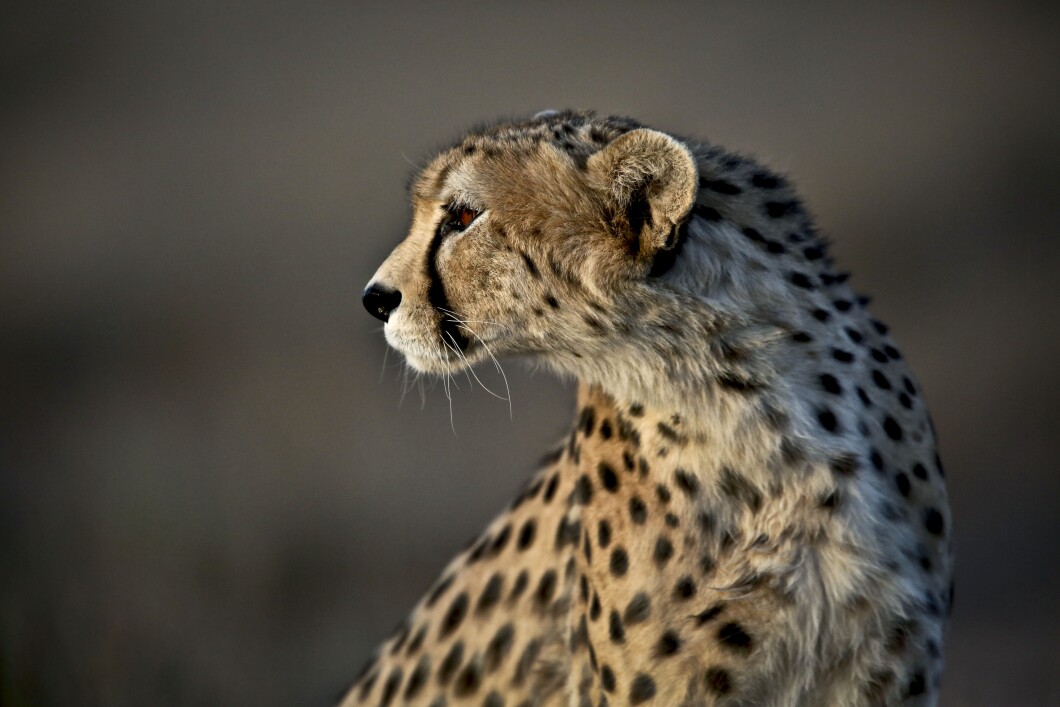
India introduced eight cheetahs from Namibia into one of its national parks Saturday after declaring the species extinct in 1952.
The cheetahs include three male and five female adult cheetahs, all between 2 and 5.5 years old, according to the Cheetah Conservation Fund. They arrived in a tiger-themed airplane and were released in Kuno National Park, which totes a population of 33 species of mammals, 206 species of birds, 14 species of fishes, 33 species of reptiles, and 10 species of amphibians, according to its website.
“A long wait is over, the Cheetahs have a home in India at the Kuno National Park,” Indian Prime Minister Narendra Modi tweeted with photos of the big cats.
SLIME TRAIL LEADS GERMAN CUSTOMS TO NEARLY 100 GIANT SNAILS AT AIRPORT

“The Cheetah Project with India is something that every Namibian can take pride in. We are helping create a conservation model that can be used by other African nations and former range states around the world to save a species,” Speaker for the National Assembly of Namibia Peter Katjavivi said in a statement. “As a nation, we are helping conserve the feline icon of speed and grace, for the benefit of our planet, earning our title, Cheetah Capital of the World.”
India previously used captive cheetahs to hunt antelope across the country, which was a major pastime due to the antelope’s cultural and religious significance. Cheetahs were also hunted allegedly due to being “man-eaters,” according to Ambica Singh Deo, granddaughter of royal family patriarch Raja Ramanuj Pratap Singh Deo, who is credited with killing the final three cheetahs in the country.
“The goal of our project is to reverse the tide for cheetahs, to slow, then stop their decline, while at the same time increasing the biodiversity and health of Indian ecosystems,” Dean of the Wildlife Institute of India Dr Jhala Yadvendradev said. “Bringing back a top predator restores historic evolutionary balance, resulting in cascading effects, leading to better management and restoration of wildlife habitat, for the benefit of all species, and will uplift the livelihoods of poor forest dwelling communities.”
CLICK HERE TO READ MORE FROM THE WASHINGTON EXAMINER
India’s High Commissioner Shri Prashant Agrawal called the project “a global first” in a press conference Saturday.
Worldwide, there are still fewer than 7,500 cheetahs left in the wild, according to the CCF.





